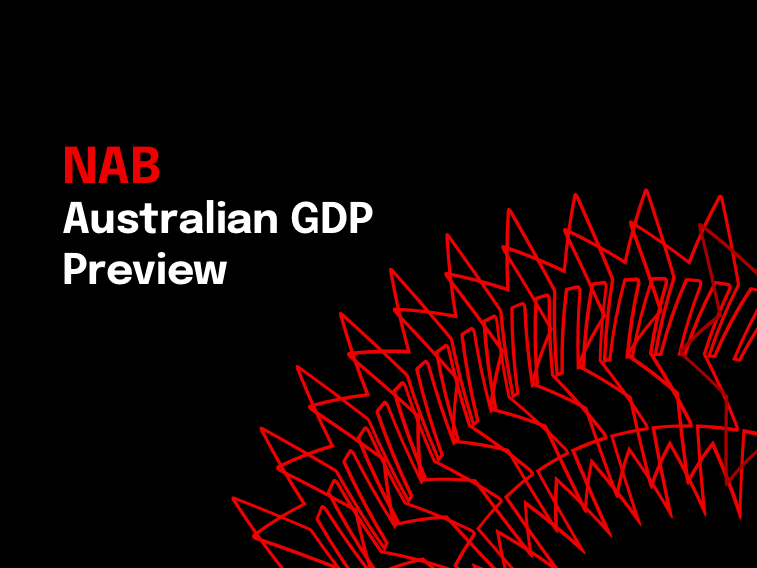A private sector improvement to support growth


Insight
The ABS retail trade measure will see a modest (0.2% m/m) return to positive territory in May, indicating little or no bounce back from April’s disappointing result.
This month we continue our podcast series to accompany the NAB Cashless Retail Sales Index. It’s a short, 10 minute podcast, designed to give you a quick summary of the major drivers of the index this month. To listen, just click the link below.
Highlights:
NAB Chief Economist, Alan Oster commented:
While it would be an improvement on last month, we only expect modest growth in the ABS retail sales indicator in May. The absence of any bounce back from last month’s fall only reinforces how weak conditions in the retail sector are right now. Other NAB data show a similar story – as reported in the latest NAB Monthly Business Survey retail sector business conditions in May (seasonally adjusted basis) were around levels last seen in the GFC.
In our latest forecasts we revised down our expectations for near term growth, in part due to continuing weak consumer demand in Q2 as well as further weakness in the construction cycle. By Q2 2019, year to GDP growth will be as low as 1.3% y/y% – with little contribution from underlying private sector demand. Beyond this period, we expect a continuation of below trend growth and as a result the unemployment rate is expected to rise, reaching around 5½% by 2021. With inflation below target, unemployment rising and an economy losing momentum – particularly in the private sector – we expect the RBA to cut rates two more times this year, taking the cash rate to a new record low of 0.75%. Efforts to combat the slowdown in the economy will also likely involve fiscal stimulus. Alternative policy options might be considered in 2020 if these measures fail to have much effect.
For more information, please refer to the NAB Cashless Retail Sales Index May 19
© National Australia Bank Limited. ABN 12 004 044 937 AFSL and Australian Credit Licence 230686.